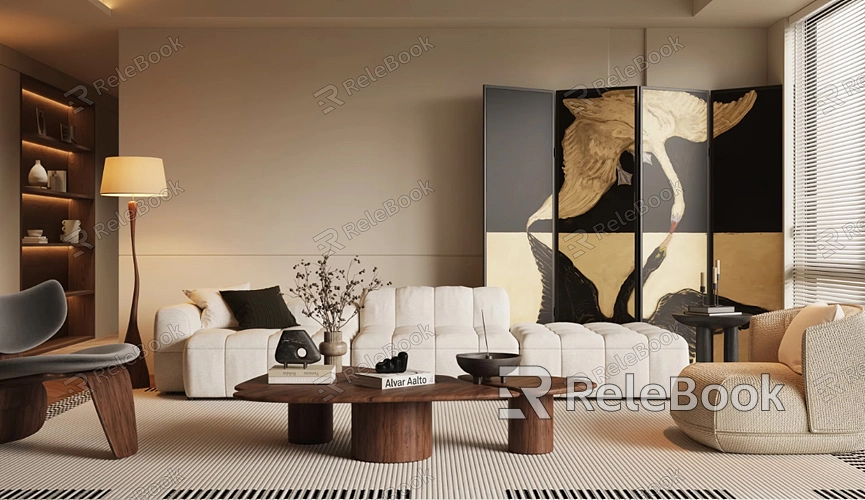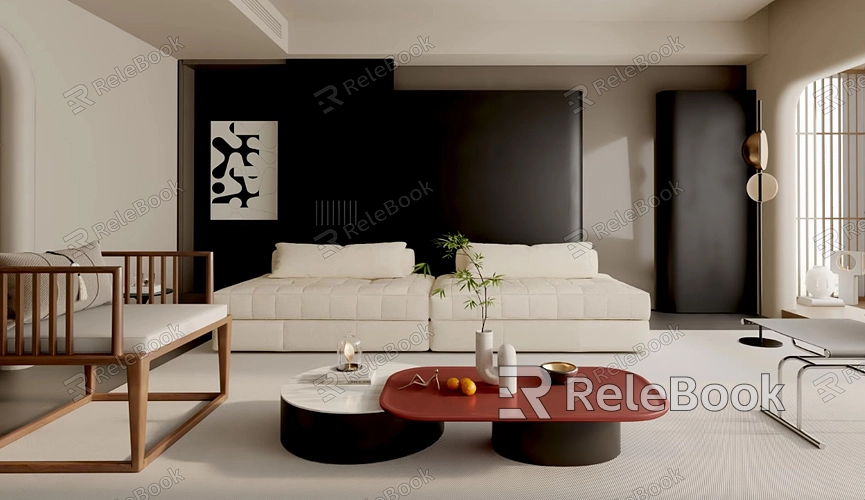What is Required for 3D Modelling?

Essential Software and Tools
The foundation of any 3D modeling project is the software used. Choosing the right software can significantly impact your workflow and the quality of your output. Here are some of the most commonly used 3D modeling software programs:
1. Blender
A versatile, open-source software that offers comprehensive tools for modeling, texturing, and rendering. Its active community and extensive documentation make it a popular choice among hobbyists and professionals alike.
2. Autodesk Maya
Known for its robust features and industry-standard tools, Maya is widely used in film, TV, and video game development. It provides advanced modeling and animation capabilities, making it a top choice for high-end productions.
3. 3ds Max
Another Autodesk product, 3ds Max is renowned for its ease of use and powerful modeling tools. It’s particularly favored in the game and architectural visualization industries.
4. Cinema 4D
This software is praised for its user-friendly interface and strong motion graphics capabilities. It's a great option for those focusing on animation and dynamic visual effects.
5. SketchUp
Ideal for architectural and product design, SketchUp offers a simple interface and a range of plugins to enhance its functionality.
In addition to software, having a good-quality computer with sufficient processing power and memory is crucial. 3D modeling can be resource-intensive, so ensure your hardware meets the requirements for smooth operation.

Technical Skills and Knowledge
Beyond software, having a set of technical skills is essential for effective 3D modeling:
1. Understanding of 3D Space
Familiarity with how objects exist and interact in three-dimensional space is fundamental. This includes grasping concepts like coordinates, scales, and transformations.
2. Modeling Techniques
Proficiency in various modeling techniques, such as polygonal modeling, spline modeling, and sculpting, is necessary. Each method has its strengths and is suitable for different types of projects.
3. Texturing and UV Mapping
Texturing adds surface details to 3D models. Understanding UV mapping, the process of projecting a 2D image onto a 3D model, is crucial for creating realistic textures.
4. Lighting and Rendering
Knowledge of lighting techniques and rendering processes is essential for producing high-quality images and animations. Effective lighting can dramatically affect the appearance of your model.
5. Animation Basics
If your 3D models will be animated, a basic understanding of animation principles and rigging (the process of creating a skeleton for movement) is beneficial.
Creative and Artistic Skills
While technical skills are vital, creative and artistic abilities also play a significant role in 3D modeling:
1. Artistic Vision
A strong sense of design and aesthetics helps in creating visually appealing models. This includes understanding form, color, texture, and composition.
2. Attention to Detail
Precision in modeling, texturing, and rendering can make the difference between a realistic and a generic model. Pay close attention to details to enhance the quality of your work.
3. Problem-Solving
3D modeling often involves troubleshooting and finding creative solutions to technical challenges. Developing problem-solving skills can help overcome obstacles and refine your models.
Learning and Practice
Continuous learning and practice are key to becoming proficient in 3D modeling:
1. Online Tutorials and Courses
There are numerous online resources available, from free tutorials to paid courses, that can help you learn new techniques and software features.
2. Community Engagement
Joining online forums, social media groups, and local meetups can provide valuable insights and feedback from other 3D artists.
3. Personal Projects
Working on personal projects allows you to apply what you’ve learned and build a portfolio of your work. Experiment with different styles and techniques to expand your skills.
FAQ
What are the basic requirements for starting 3D modeling?
To start 3D modeling, you need a reliable computer, suitable 3D modeling software, and an understanding of basic 3D space and modeling techniques. Familiarity with texturing, lighting, and rendering will also be beneficial.
Do I need a powerful computer for 3D modeling?
Yes, 3D modeling can be resource-intensive, so a computer with a good processor, ample RAM, and a strong graphics card is recommended to handle complex models and renderings efficiently.
What is the best software for beginners in 3D modeling?
Blender is often recommended for beginners due to its extensive features and active community support. It's free and provides a wide range of tools for modeling, texturing, and rendering.
How important is creativity in 3D modeling?
Creativity is crucial in 3D modeling as it influences the design and aesthetic quality of your models. While technical skills are necessary, creative vision helps in producing unique and engaging 3D assets.
How can I improve my 3D modeling skills?
Improving your 3D modeling skills involves practicing regularly, learning from tutorials and courses, and engaging with the 3D modeling community for feedback and support.

